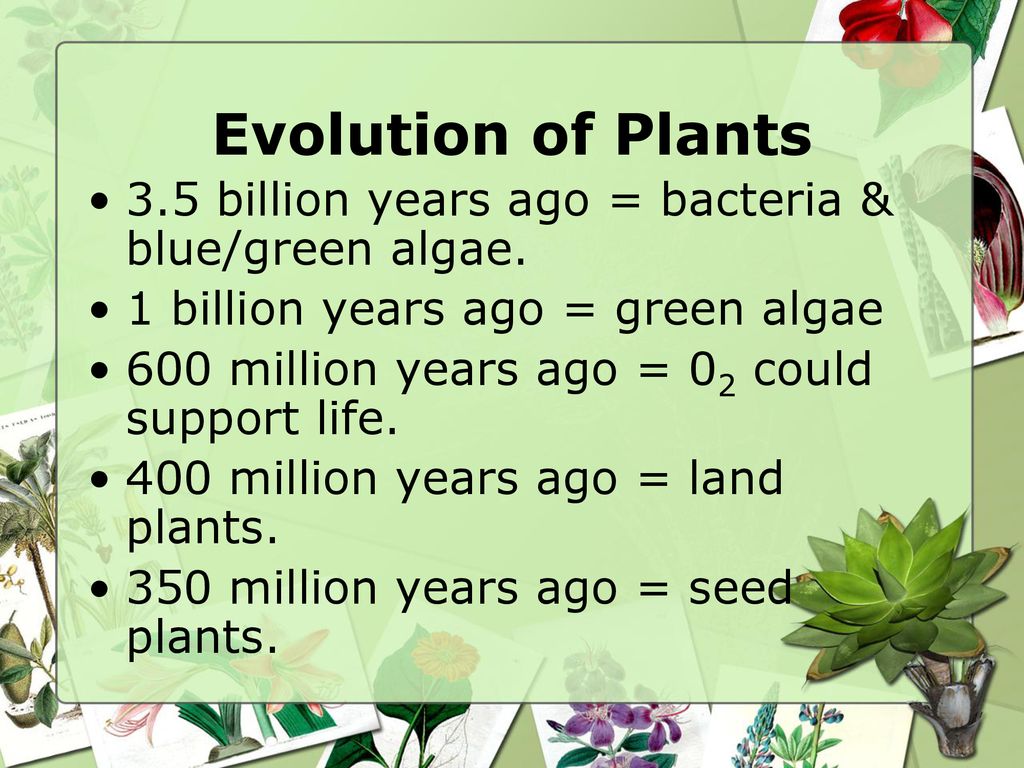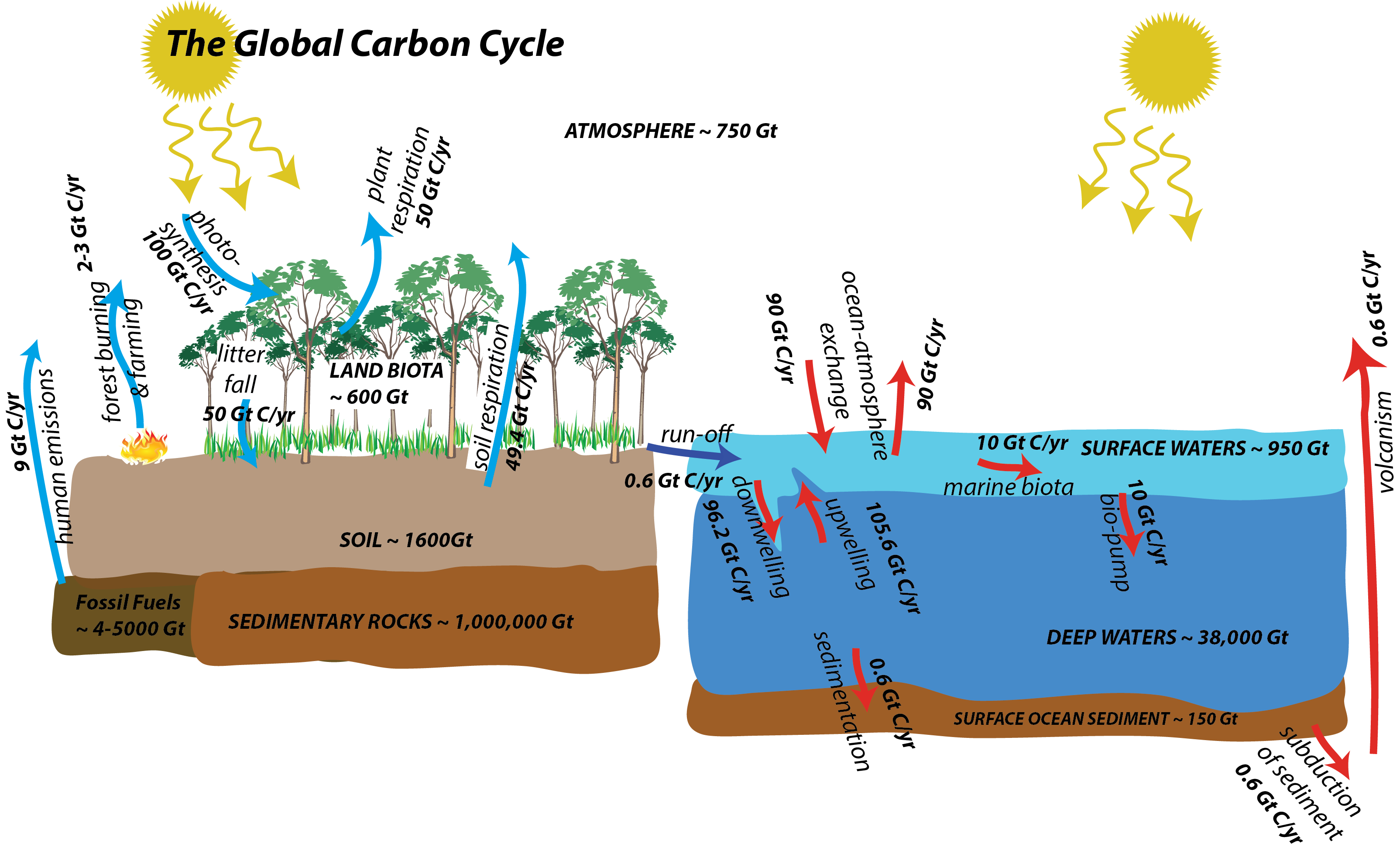Climate change has always been happening but at a steady pace, the pace we humans and our fellow Earth-treaders could survive and adapt to.
Worrisome is the case when the climate changes at a fast pace none can conform to and that is indeed happening. But what controls this climate change, what parameter acts as a regulator of Earth’s temperature?
A study from UCL and Yale, published in journal Nature, explained how the arrival of plants on land about 400 million years ago in past may have possibly altered the way our planet regulates its own climate.
Researchers took to analyze the samples of rocks from 3 billion years ago to check the evolution of Earth to as we see it today. They noticed a dramatic change nearly 400 million years ago in Earth’s temperature when land plants found existence.
Much of this change has been attributed to the Carbon cycle that deals with the transportation of Carbon amongst various segments on Earth: rocks, living organisms, oceans and the atmosphere.
Sampling and measurements involved with the study:
The study involved collection of 600 samples of rock from different discrete locations around the world and were measured using mass spectrometry with two natural lithium isotopes:
Lithium-6 (three protons + three neutrons), favored by the clay on land
Lithium-7 (three protons + four neutrons)
A researcher explains: “Our study suggests that the carbon cycle operated in a fundamentally different way for most of Earth’s history compared to the present day. The atmospheric carbon dioxide remained high.”
A change in the chemistry of seawater was observed in the same rock that indicated a major reversal in the qualities of clay collected from the ocean and land at the time.
“The shift, which occurred gradually between 400 to 500 million years ago, appears to be linked to two major biological innovations at the time: the spread of plants on land and the growth of marine organisms that extract silicon from water to create their skeletons and cells walls.”
“This kind of change promotes evolution and during this period the evolution of complex life accelerated, with land-based animals forming for the first time.”
The clay formed in the ocean through reverse weathering generally leads to the release of carbon dioxide into the atmosphere, i.e. more retention of Carbon in the oceanic regime.
With the clay formed in the ocean, carbon stays in water only to be released into the air during the repeated Carbon diffusions between air and water.
While the clay on land, a by-product of chemical weathering, tends to remove carbon dioxide from the air or surrounding atmosphere.
The atmospheric carbon in this case, combines with water to form a weak carbonic acid, that seeps into ground as rain dissolving rocks and releasing ions including calcium ions to ultimately flow into the ocean.
Consequently, the carbon gets locked up in rocks on the ocean floor, we get a cooler planet and further a swiftly-changing climate, with alternating ice ages and warmer periods.
“This led to a stable, greenhouse climate. Since then, our climate has bounced back and forth between ice ages and warmer periods.”
The researchers have explained that such a switch was caused by the spread of plants on land, keeping the soils and clay on land with lesser erosions that leads to the carbon being washed into the ocean.

Also, silicon in natural environment is extensively used by the marine life such as sponges, single-celled algae and radiolarians, for their skeletons and cell walls. This significant drop in seawater silicon is required for the clay formation.
This recent lithium isotope study has suggested that silicate weathering has actually declined that has evidently been the driver for cooling and CO2 decline for long.
A rise in the levels of lithium isotope-7 was found in the seawater recorded in the rock spanning between 400-500 million years ago.
This suggests a major shift in Earth’s clay production that was seen to be overlapping with the spread of plants on land as well as the advent of silicon-using aquatic life.
However, it is to note that a less carbon-occurring atmosphere is comparatively more sensitive to change, influencing the climate more easily through human activities like burning of fossil fuels.
The Earth has for long, worked as its own thermostat, regulating its temperatures through its own bleak ways, conspicuous for human ethos to understand. Without us interfering, it treads its own way, in our surveillance, it crumbles.


